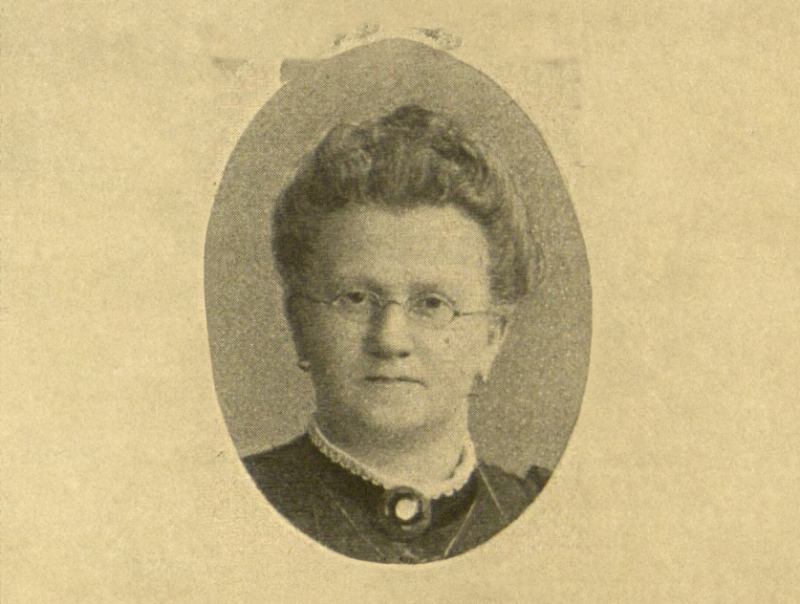The foreword to the book is called "For the thinking housewife", where Morgenstern writes: "Vanilla is one of the finest, tastiest and most aromatic spices, which is why the finer culinary arts use it in the most diverse ways." The fruit is difficult to preserve and expensive, but now vanilla is available as a domestic product. Morgenstern explains the vanillin synthesis: "Not that we can pick the finished vanilla pods in our climate, but thanks to the important invention of two German researchers, Dr. W. Haarmann in Holzminden and Professor Dr. Ferd. Tiemann at the Royal University of Berlin, the body which alone produces the aroma of the vanilla pod can be produced artificially from easily accessible natural substances. What brittle nature has denied us in our latitudes, the researcher wrests from it in a fervent urge for knowledge".
In her book, the author not only acknowledges the achievements of chemists, she also tries to allay consumers' fears of side effects when using vanillin, she writes: "Finally, the flavor is even more subtle than that produced by vanilla because the pods still contain resins and fats that have an unfavorable effect on the fine vanilla aroma. These secondary components of vanilla also have the justifiably feared nerve-racking effect, whereas pure vanillin (...) has no such effect on the human organism."

